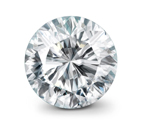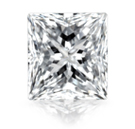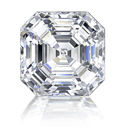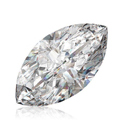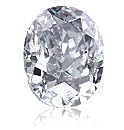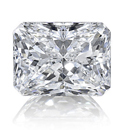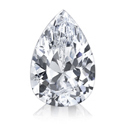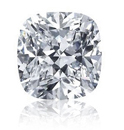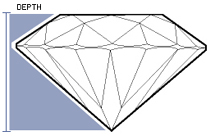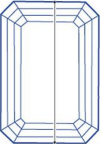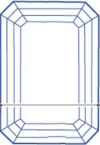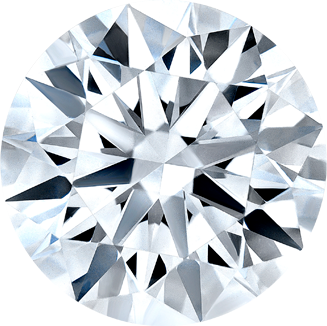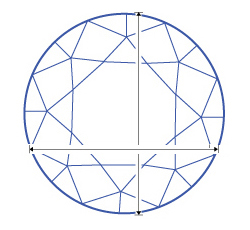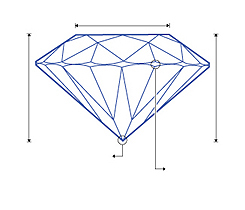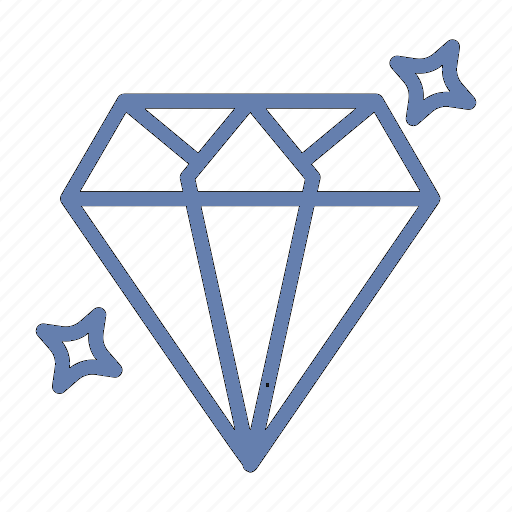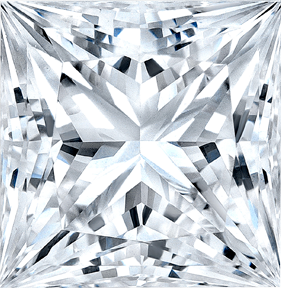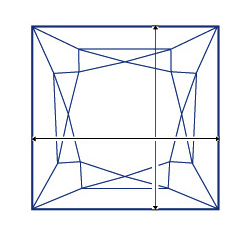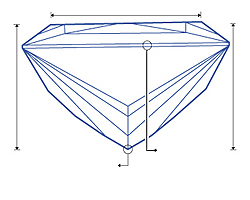Natural diamonds are mined from the earth and come with conflict-free guarantees. Most people buy a natural diamond for an engagement ring. Lab diamonds are grown in laboratories. They are chemically the same as natural diamonds, but machines can tell them apart. Lab diamonds are a good option for those looking for a larger diamond within budget, but don't expect much in resale value. Prices for lab diamonds are trending down as more growers come onto the market.
Diamond Type
ADVANCED SEARCH
The report certificates grade the diamond. For natural diamonds, the GIA certificate report is the gold standard. For lab grown diamonds, we recommend IGI.
Report
GIA IGI GCALFluorescence refers to whether or not a stone will produce a color reaction when exposed to long-wave ultraviolet (UV) light (such as the light that comes from black light). None and faint is considered more desirable for diamonds graded D through G, and medium and strong can make diamonds H color and lower look whiter.
Fluorescence
Polish
The symmetry of a diamond refers to the shape, placement and alignment of the facets. With poor symmetry the facets may have external imbalances that can misdirect light as it travels within the stone. Look for "Very good" and "Excellent" symmetry.
Symmetry
Request certificate
Your name *
Your email *
This is too good to keep secret. Send a hint to someone you’d think would be interested.
Message
Let us know how we can help.
Your name *
Your email *
Your question
We have an extensive inventory of diamonds that goes far beyond what we display online. If you see the same or similar diamond displayed at a lower price we will strive price match it for you. Simply submit your contact information below along with your source of diamond
Name *
Email *
Source of price match (link preferred)
Request image
Your email *
Login in your account
Create new account Forgot password?Forgot Password?
To reset your password, please enter your email address

